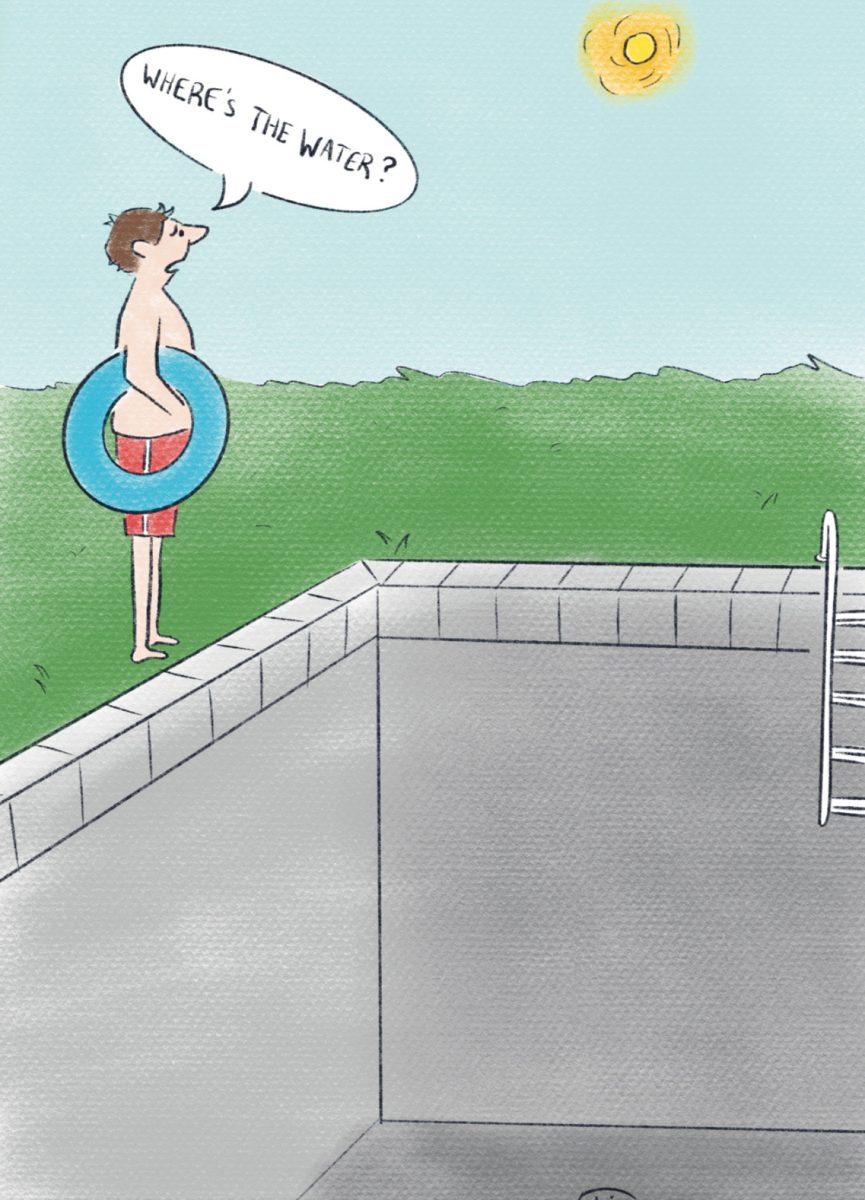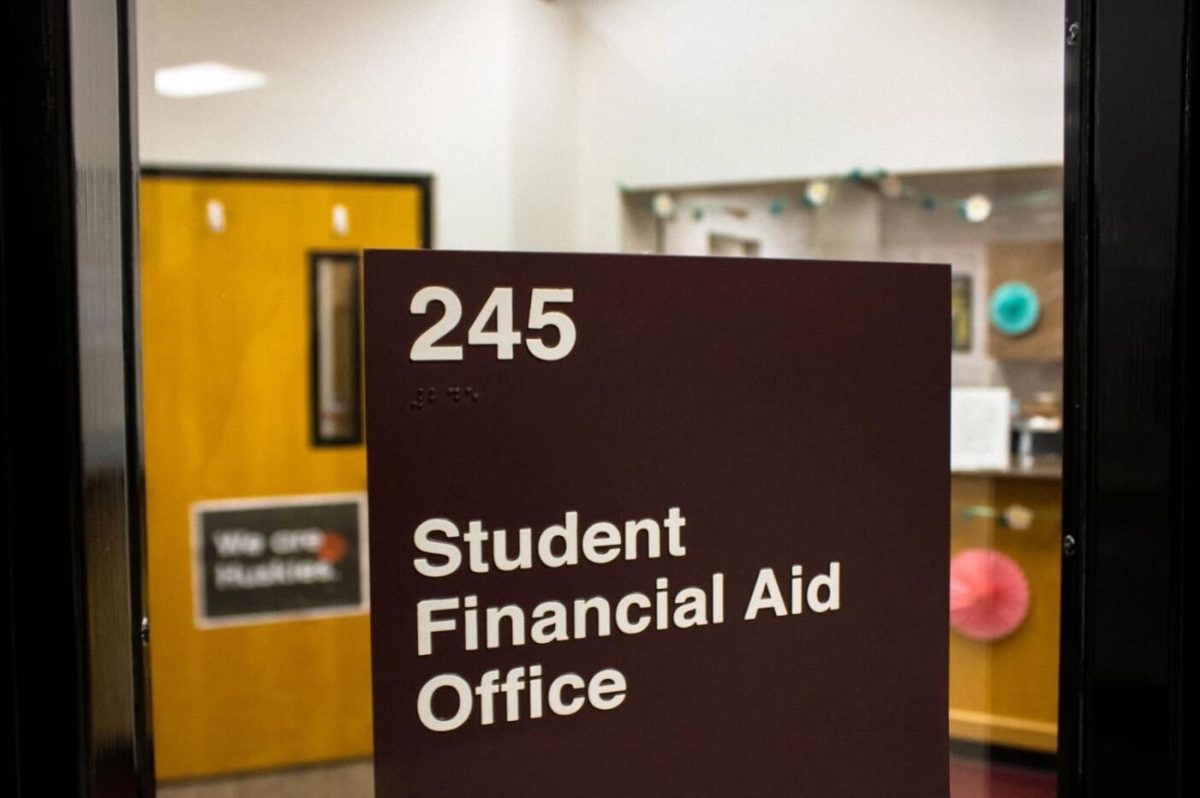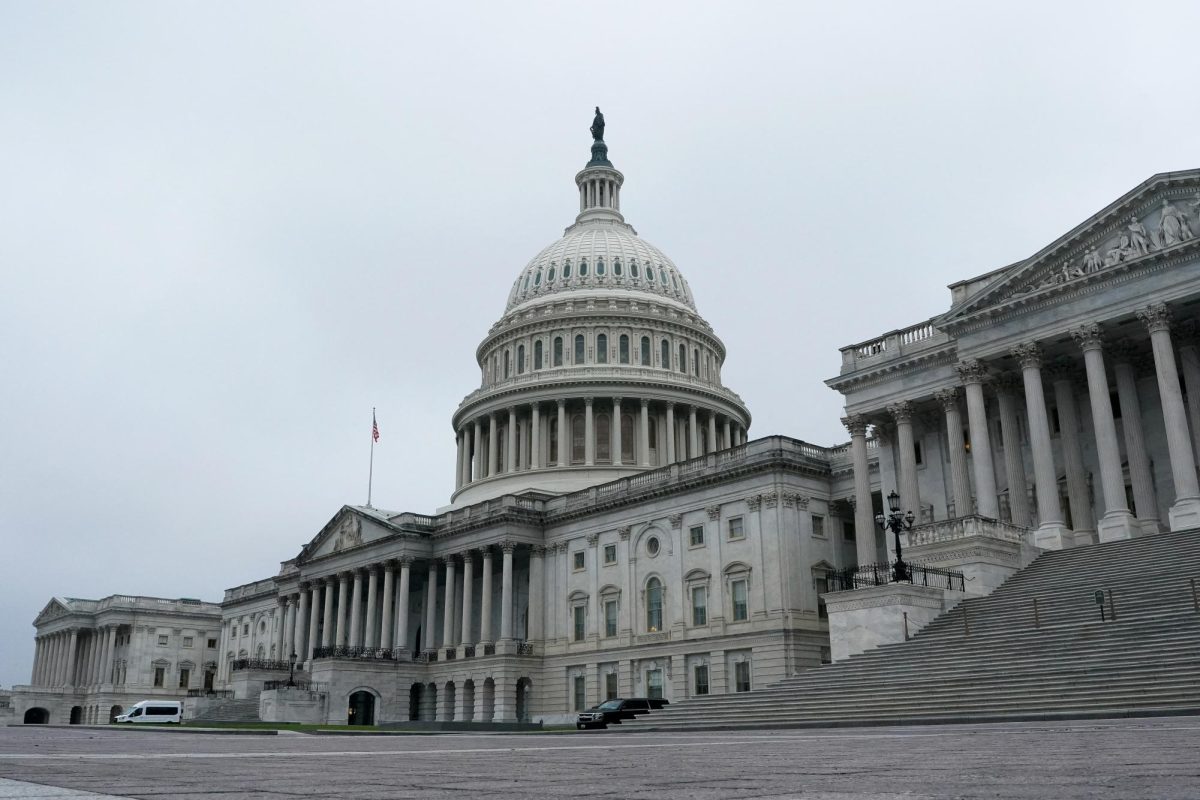The Illinois Commission on Equitable Public University Funding is proposing a new formula to calculate funding for Illinois universities. The proposed changes should be approved by the Illinois General Assembly as the new formula would increase funding and benefit NIU and other universities.
Currently, a university’s state funding is not determined by specific factors such as the number of students, type of students and university mission. This new formula would take all three factors into consideration.
If the new formula is approved, state funding for universities would increase to 57% of total adequacy costs, compared to the current 36% given, according to figures provided by the IBHE.
In fiscal year 2019, Illinois spent an average of $15,129 on expenditures per student. This is actually on the higher end of university funding by state. In comparison, neighboring states Wisconsin and Indiana spent $12,498 and $10,090 per student respectively, according to U.S. News.
Illinois has done well prioritizing the budget for higher education. Between 2008 and 2020, Illinois state funding increased by almost $5,400 per student, according to NEA Today. This trend should continue with the passing of the Illinois Commission on Equitable Public University Funding’s proposed formula.
State funding is important for the success of universities, especially with NIU’s current deficit of $32 million. To decrease this deficit, NIU plans to increase tuition, increase the cost of living in residence halls, increase student health insurance and potentially eliminate low-enrollment courses.
More funding from the state could hopefully help NIU avoid drastic changes in these categories.
The increased funding could also be allocated to areas of the university that need improvement.
“What parts it (funding) needs to go to, like, it shouldn’t allocate money to more funded parts of the school, but to, like, lesser parts of the school that don’t have as much funding, like for example the arts or different housing programs or any other student run things,” said Maggie Kanapilly, a sophomore vocal performance major. “I feel like there should be more help in regards to smaller things on campus.”
Low state funding increases tuition, pushing the burden of university funding toward students. This can create inequity. Higher tuition prices decrease the accessibility of college, deterring low-income students and students of color, according to the Center on Budget and Policy Priorities.
An increase in tuition is never something college students want to see. College is already expensive, and taking out student loans can extend that expense well into adulthood.
The increase in state funding provided by the implementation of this formula would not only potentially decrease the financial burden placed on students’ tuition but could even increase enrollment.
Tuition prices are a big factor students consider when selecting a college. For Kanapilly, a deciding factor in choosing to attend NIU was its affordability.
“This was by far the cheapest school that I applied to,” Kanapilly said. “It’s still quite expensive though.”
If low-income students are unable to afford a college’s tuition, they are less likely to attend college, according to the State Higher Education Executive Officers Association. Enrollment is an issue at NIU with total enrollment currently stagnant. An increase in state funding, subsequently avoiding an increase in tuition, could potentially raise these enrollment numbers.
The Illinois General Assembly is set to approve the final state budget in late May. They should approve this new formula as it would not only positively impact NIU but NIU’s students.




















